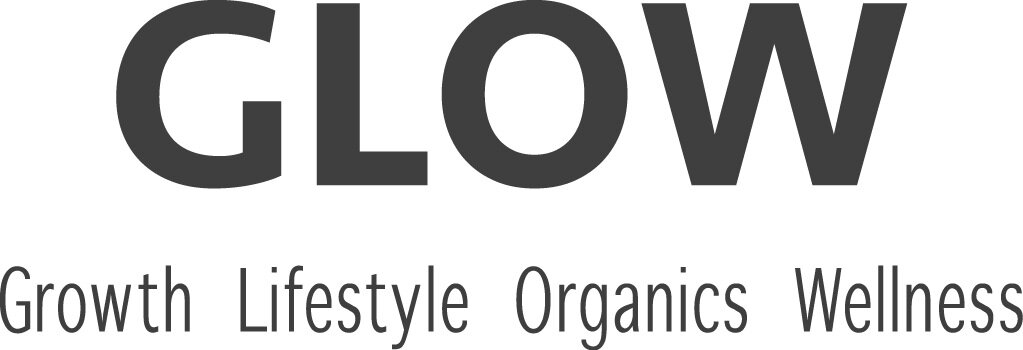This post wasn't planned but after my last two articles a couple of people asked me about tanning during pregnancy which is an important matter that deserves attention.
Some doctors recommend that women avoid sun exposure during pregnancy due to the potential skin discolouration called melasma, chloasma or 'pregnancy mask'. The most commonly affected areas are the forehead, cheeks and upper lip. Thus, for fear of a blotchy face some pregnant women don't sunbathe.
Causes of melasma
While the sun gets all the blame, the cause of melasma lies in hormonal imbalances and nutrient deficiencies that start way before pregnancy. Oestrogen stimulates melanocyte stimulating hormones (MSH) which increase skin pigmentation. If a woman is oestrogen dominant (high oestrogen or low progesterone), the chances of developing melasma in pregnancy is higher not only due to the influx of hormones but also because women with oestrogen dominance tend to detoxify hormones at a slower rate, which causes a build-up. The more oestrogen, the greater the chance of skin discolouration.
Pre-pregnancy signs of oestrogen dominance include:
- PMS
- endometriosis
- fibroids
- anger
- tender / painful breasts
- migraines
- irregular menstruation
- heavy / long periods
- moodiness
- larger thighs and hips
- low libido
- fertility issues
Insufficient intake of animal fats may also increase the risk of developing melasma. It is interesting to see that omega 3 fatty acids (especially EPA) and fat soluble vitamins A and D derived from animal sources not only help to restore hormonal balance, but can also prevent and even reverse melasma.
Vitamin D in pregnancy
I have already described the importance of the sun in synthesising sulfated vitamin D. The growing baby uses maternal vitamin D to incorporate minerals into the skeleton and build the immune system. One theory is that strong and healthy babies are born relatively small but are heavy due to dense bones. Vitamin D reserves are also needed to support mother's mental wellbeing during and after pregnancy, and to ward off infections. Women can obtain vitamin D and its precursors from food which I have also explained in the first article. However, given the modern aversion to animal fats and conflicting information on diet in pregnancy, I see many women deficient. Moreover, the minimum threshold for vitamin D is at around 30 ng/ml and is the same for pregnant women who obviously need more. Functional optimum ranges between 50-80 ng/ml which is rare to see.
What to do?
The sun is key for expecting mums to build up sufficient reserves of vitamin D and enjoy the pregnancy. For all expecting mothers I suggest sensible sun exposure, a traditional, nutrient dense diet rich in animal fats, and doubling up on quality cod liver oil - quite the opposite to what is commonly advised. A nourishing diet will keep hormones in check and protect the skin from inside out. Using opaque mineral sunscreen on the face is a great option if still worried about discolouration. I certainly discourage avoiding the sun because sunbathing brings benefits to the mum and baby that no supplementation can replace.

